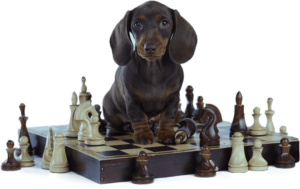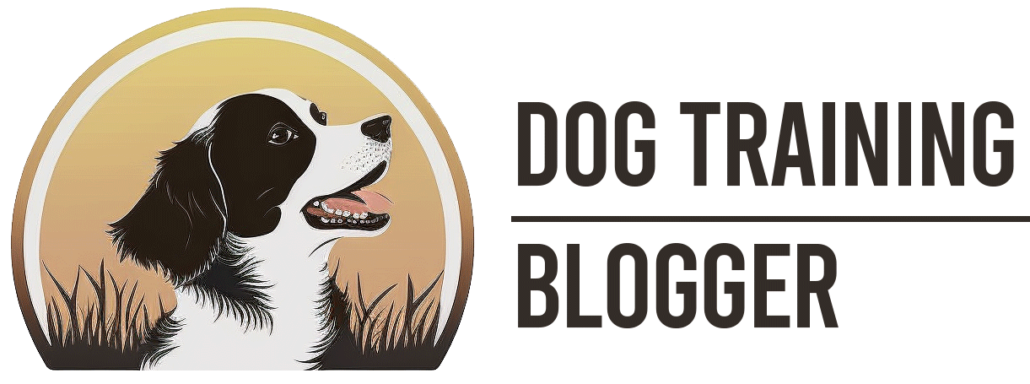Ear Infections and How To Care For Them

Ear infections occur all too frequently in dogs. You know the signs:
- Red, inflamed ears
- Dog scratching and rubbing at ears
- A bad, smelly odor from the ears
- Dark debris in the ear
- Ears possibly swollen
- Signs that your dog’s ears are painful to him
Any of these signs can indicate that your dog has an ear infection.
Ear infections are more common in dogs with long, floppy ears and in dogs with lots of hair around their ears. That also means that longhaired dogs are often more susceptible to ear infections. If you take your dog swimming you could be setting him up for an ear infection unless you carefully dry his ears after he gets out of the water.
Ear infections can be bacterial or grow from yeast organisms in your dog’s ears. In either case, the infections love to grow in a dark, warm, moist environment — which perfectly describes your dog’s ears. For dogs with long, floppy ears and long hair around their ears, air flow into the ears is cut off, which encourages yeast and bacteria to grow. That’s why dogs with prick ears, which stand up straight and open to the air, have fewer ear infections.
You can help your dog have fewer ear infections by keeping the hair around his ears trimmed or plucked so air can get into the ear. Trimming the hair with clippers or scissors works fine with many breeds. If you have a wirehaired breed such as a Schnauzer or a Terrier, plucking the hair around the ears works well. It may look painful but plucking this ear hair is no more painful than plucking eyebrows for a human.
You also need to clean your dog’s ears regularly. That means cleaning at least once a month. Once every week or two is better. Use a good ear cleaner from your vet or from a pet supply store.
To clean you dog’s ears simply follow this procedure:
- Put a few drops of the ear cleaner in your dog’s ears
- Let the cleaner go to the interior base of your dog’s ear
- Gently massage the cleaner to loosen wax and debris.
- Take a small cotton ball and wipe inside your dog’s ear. Don’t dig around with it.
- You may need to repeat the cleaning process once or twice until the cotton ball comes away clean.
With regular cleaning and keeping the hair around your dog’s ears trimmed, you should be able to avoid ear infections. However, some dogs may get ear infections as the result of allergic reactions to ingredients in their food. If your dog’s ears are clean and he still has recurring ear infections, try changing his food. Switch to a dog food that doesn’t contain some of the common offenders such as corn or wheat. Changing your dog’s food to one that’s better quality and which contains fewer grains or less common grains often clears up ear infections due to allergies
If your dog has an ear infection that won’t go away you should see your vet about the problem. Your dog may have a yeast infection which can be hard to treat. Even with your vet working on it, yeast infections can be hard to get rid of, but your vet will have access to prescription medications that may work.
Bacteria and yeast organisms are present on our dogs at all times. It’s only when the circumstances are right that infections will gain a foothold. Keep your dog’s ears clean, feed your dog a healthy dog food, and keep the hair around his ears trimmed and you can avoid most ear infections.
Until next time….
About the Author: Wayne Booth is owner of Canine Behavior Specialists in Nashville, TN. Wayne has been teaching people how to become Professional Dog Trainers since 1990 and he is the Training Director of Canine Behavior Specialists Network, www.K9-University.com
Brain Training For Your Dog

